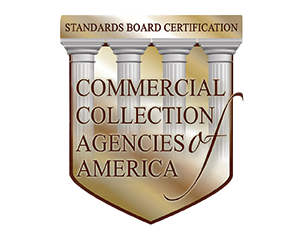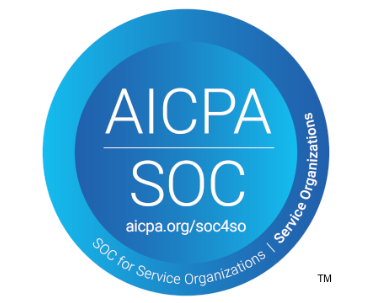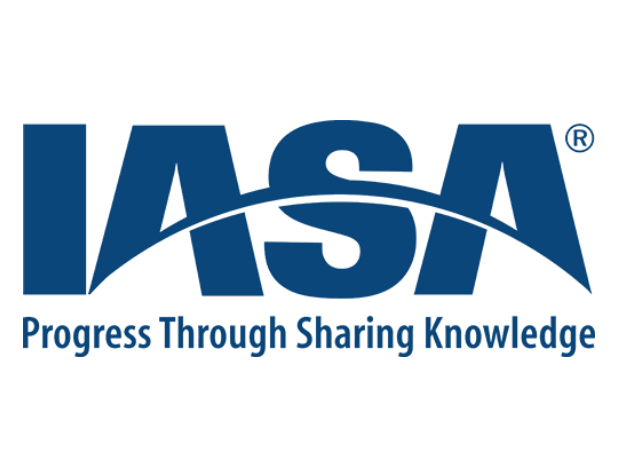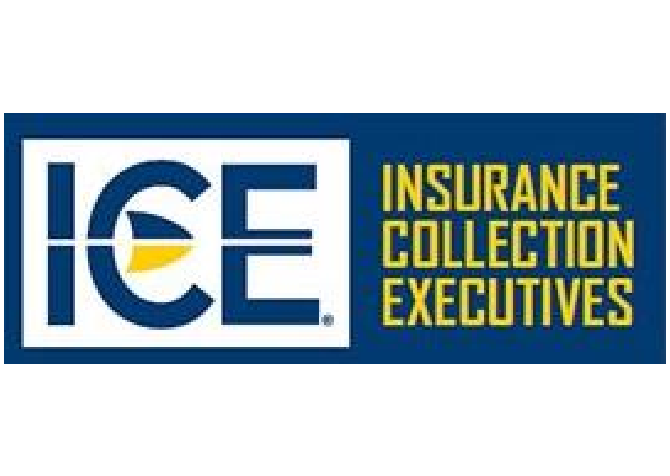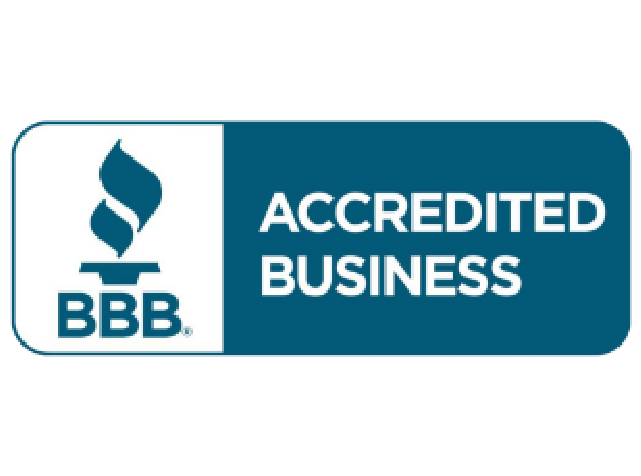Home / News & Insights / May 20, 2024 / ...
Debt Collection Training: 4 Key Steps for Success

Managing a commercial collections team can be a tough gig, especially in an era when staff turnover has you fighting to retain talent. To get the best results – both in terms of team engagement and increased recovery rates – you’ll need to plan and execute a successful collections training strategy.
So, whether you’re running beginner debt collection training or conducting refresher collections courses, here are four key steps every credit team manager can take to foster improved negotiation skills.
1. Secure Buy-In
To truly maximize the effectiveness of your debt collections training program, gaining buy-in from your team is crucial. Buy-in means that your team members are not only participating in the training but are also committed to applying what they’ve learned in their daily work. Here’s why buy-in is essential and how to achieve it:
- Increased Engagement – When team members believe in the value of the training, they are more likely to be actively engaged and motivated to learn. This leads to better retention of information and more effective application of skills.
- Enhanced Collaboration – Buy-in fosters a collaborative environment where team members support each other in their learning journeys. This peer support can be invaluable in overcoming challenges and enhancing overall team performance.
- Consistency in Performance – When everyone is on board, there is a consistent approach to collections across the team. This consistency helps in building a strong reputation with clients and improves the likelihood of successful debt recovery.
To achieve buy-in:
- Communicate the Benefits – Clearly articulate how the training will benefit not only the company but also the individual team members. Highlight career development opportunities and the potential for personal growth.
- Involve the Team in Planning – Involve team members in the training program’s planning process. This inclusion can increase their sense of ownership and commitment to the training and is a great way to determine what training is needed.
- Provide Ongoing Support – Offer continuous support and follow-up sessions to reinforce the training. This could include additional resources, regular check-ins, and opportunities for further learning and development.
By emphasizing the importance of buy-in and actively working to secure it, you ensure that your collections training program is not just a series of events but a sustained effort towards excellence in collections practices.
2. Identify Team Needs
Not all negotiators are born equal. As humans, we all have our strengths and weaknesses, which is why it’s a good idea to assess your team’s needs before you initiate any training scheme. This will involve identifying skills and behaviors your team requires to succeed, but also spotting individual difficulties or knowledge gaps that could impede progress.
There are various ways to tackle this challenge including interviews, observations and even customer feedback.
Another way to determine training requirements is to gather feedback from your team themselves. Maybe they will request specific support with skip tracing or working with digital tools, for example. In any case, conducting a thorough performance evaluation can help to identify clear objectives for your training.
3. Select Training Methods
With a firm grasp on what your collections team needs to learn, it’s time to create a structured training course. Oftentimes, you can help learners stay engaged by switching up the training format.
At Brennan & Clark, we have found that the following interactive strategies provide a great basis for hands-on and results-oriented debt collections training courses:
- Mentoring – mentors can play a huge role in the early stage of training, working with new recruits to cultivate their commercial collections skills. Focus on common scenarios and generic situations to anticipate potential disputes.
- Simulations – Memorizing scripts and role-playing scenarios gives collections staff a chance to practice their skills and put negotiation strategies to the test. Support this with extended learning around the stages of negotiation, psychology of debtors, and the art of listening.
- Brainstorming – Discussing scenarios in a group setting can help to overcome potential barriers. Encourage staff to think of alternatives during training so they can reach a fair deal for both parties when negotiations have stalled.
- Record and review – Once negotiators are confidently interacting with clients, have negotiators listen to a recording of their call to hone their fluency and clarity. Video them during negotiations to understand how body language impacts communication.
Techniques such as these can enhance engagement and improve outcomes in a more effective way than lecture-style learning, helping employees apply knowledge and reliably find a win-win outcome during negotiations.
Better yet, with a clear structure for personal development, staff are more inclined to stick around, ensuring you retain in-house expertise, create a culture of learning, and reduce turnover.
4. Assess Effectiveness
The final stage in any training strategy is to evaluate the results and collect feedback from your debt recovery team.
It’s important to look beyond the surface, so once the surveys have been handed in, dig a little deeper to see whether there have been changes in performance and behavior. For example, do your team have new successful debt collection techniques to handle challenging negotiations, have they modified their messaging, or put new ideas into practice?
Establishing Key Performance Indicators (KPIs) can help to track these changes and realize the full impact of training so you can assess outcomes in a more defined way.
Clearly, debt recovery rates are an essential metric, but it is also important to analyze customer satisfaction scores to gauge effectiveness. Sure, successful collections training should help your team optimize returns, but not at the expense of customer relationships – after all, customers are the lifeblood of your business.
Enlist Expert Collections Training Support
Managing a successful collections team means implementing a continuous training program to provide your team with the skills they need to collect everything possible.
At Brennan & Clark, we want to help you do just that, which is why we provide expert team training and individual coaching in collections best practice. We’re ready to share everything we know, including processes, tools, techniques, and tips to help your team work more effectively. As our clients can confirm, it’s a great way to change the dynamic within your collections team and embed new behaviors:
“Each of our collectors has expressed improved performance and they are energized and taking control.”
Our previous blog on how to recruit, train and retain debt collection negotiators offers valuable insights into what makes a great debt collector and the skills required for successful negotiations. This resource covers everything from the psychology of debtors to practical negotiation strategies, providing a comprehensive guide for collections professionals.
If you would like support to improve your collections training strategy, our expert Collections Training team can develop a customized training program for your requirements. Speak to us today to see how we can help.
